What Are ACL/PCL And Meniscal Tears?
The knee is the largest joint in the body and is one of the strongest (See Figure 1). It's composed of three bones: the bottom part of the thighbone, called the femur; the top part of the shinbone, called the tibia; and a large, round bone that covers and protects the joint, called the patella or kneecap.
Figure 1. Shown is the knee joint composed of the femur, tibia, and patella (kneecap). Several ligaments including the ACL and PCL provide support to the knee, holding the bones in the proper alignment. The knee is also composed of two critically important tendons, strong fibrous connective tissue that serve to hold bones together. These tendons are the anterior cruciate ligament (ACL) and posterior cruciate ligament (PCL). The ACL prevents the tibia from sliding forward along the femur, while the PCL prevents the tibia and femur from sliding backward.
The ACL and PCL can tear or rupture in the knee (See Figure 2) when stretched too far by landing on the leg when the foot is turned or by trauma to the knee. ACL and PLC tears in the knee occur most commonly in young and active individuals and can have negative long-term physical impacts.
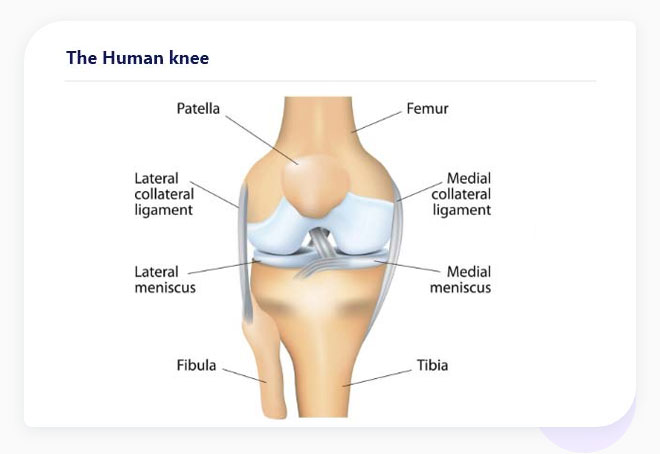
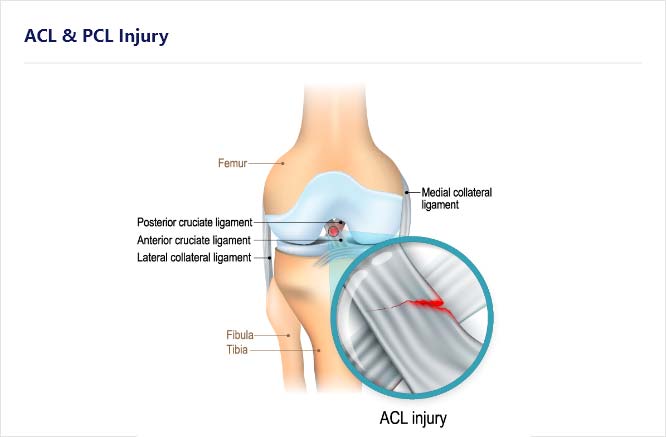
Figure 2. The human knee is composed of two crossing ligaments called the anterior (ACL) and posterior cruciate ligaments (PCL). Both ligaments provide rotational stability to the knee. An example of an ACL tear is shown in (A) magnified in the circle. Similar injuries can be observed in the PCL (B).
Without the proper support of the ACL and PCL, the knee can become painfully unstable and the articular cartilage covering the bones in the knee can wear down over time causing osteoarthritis in the joint (see Figure 3).
Osteoarthritis of the knee is a progressive condition that causes aching pain, stiffness, and loss of mobility in the knee joint. The cause of knee pain and other osteoarthritis symptoms is often bone-on-bone friction related to "wear and tear" of the cartilage in the affected joint.
Figure 3. (left) Depiction of a normal knee joint. Note the amount of joint space and smooth surface of the articular cartilage in the normal knee. (right) Depiction of osteoarthritic knee with articular cartilage loss, bone spurs, and narrowing of the joint space.
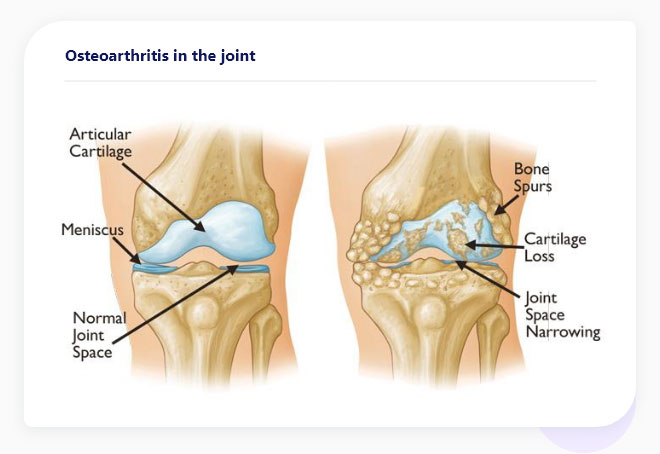
Causes, Signs And Symptoms
Patients with ACL and PCL tears or ruptures in the knee may experience one or more of the following symptoms:
- Sharp or dull pain behind the knee (PCL tear)
- Popping sound at time of injury (ACL)
- Severe pain and inability to continue activity
- Rapid swelling and/or bruising
- Loss of range of motion
- A feeling of instability or "giving out" with weight bearing
- Warm to the touch, tenderness, numbness
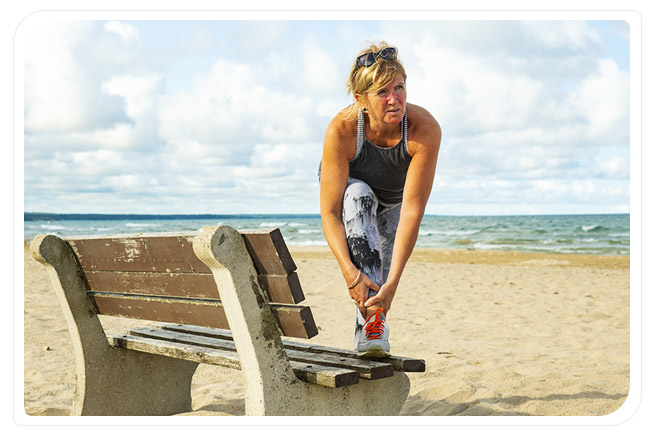
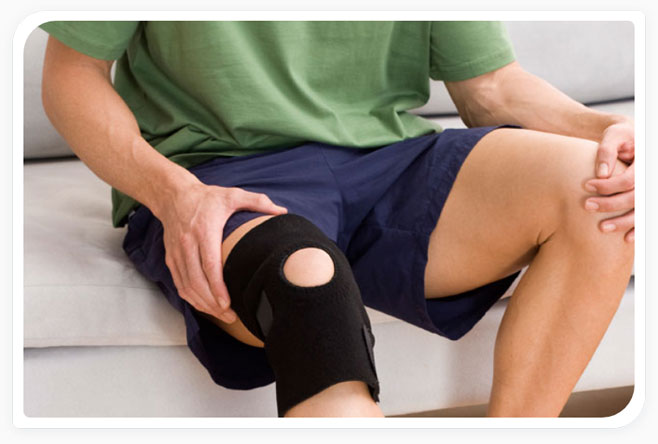
ACL and PCL tears are most often activity related by have other contributing factors including:
- Gender. Females have a higher incidence of ACL and PCL injuries relative to males, possibly due to differing bone shapes at the point of ligament attachment, wider pelvis, greater ligament laxity, and neuromuscular factors.
- High-risk Sports. ACL and PCL tears occur most often in sports that require frequent or sudden deceleration, cutting, pivoting, or landing on one leg (e.g., downhill skiing, lacrosse, tennis, basketball, soccer, football, and volleyball).
- Previously Torn ACL or PCL, the risk of re-tearing a previously repaired ACL/PCL is up to 20% higher.
- Age. ACL and PCL tears are most common in those 15-45 years of age due to their more active lifestyles and participation in sports.
Our specialists base their diagnosis of ACL and PCL tears using a multipronged approach:
- Medical History: Our doctors will ask you about the nature of your knee pain (e.g., when and under what conditions you experience knee pain). They will ask about prior surgeries, accidents, and trauma to the knee.
- Physical Exam: The doctor will check for signs of trauma by testing the range of motion and listening for any cracking or popping noises (crepitus) or tenderness/pain, bruising, and swelling.
- Magnetic resonance imaging (MRI): This imaging test shows a detailed view of the ligaments surrounding the knee joint and is the only way to confirm diagnosis of ACL and PCL tears/ruptures. X-rays cannot show tears but can rule out other sources of knee pain.
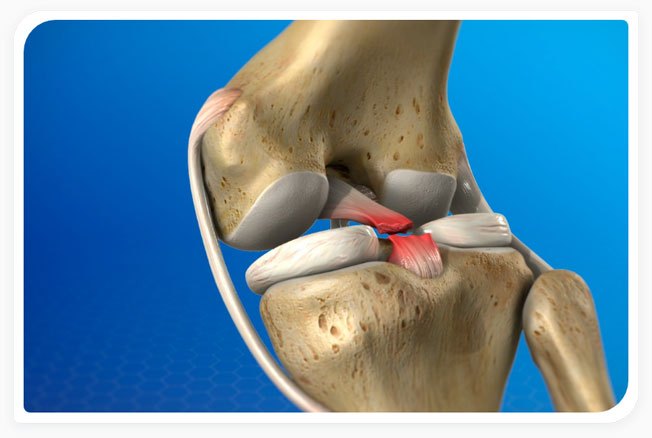
Treatment Options
The StemX clinic offers a range of customized Regenerative Medicine treatments to treat orthopedic injuries including partial tears and ruptures of the ACL and PCL ligaments in the knee and related osteoarthritis.
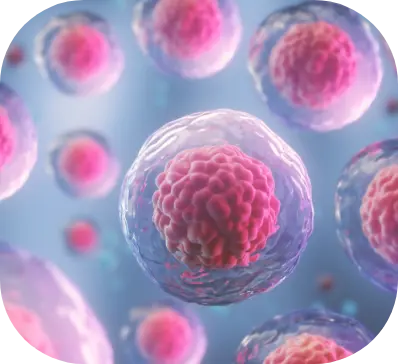
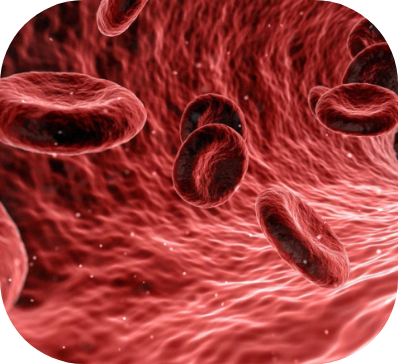
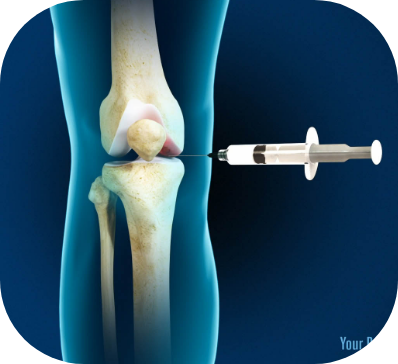
The StemX Approach
StemX is California's leading provider of holistic and regenerative medicine services. Our experts don't just offer popular treatments, but customized medical solutions based on individual needs.
Located in Solana Beach, California, the StemX clinic is composed of a team of expert doctors with years of experience administering regenerative medicine treatments for joint disease. Our team has:
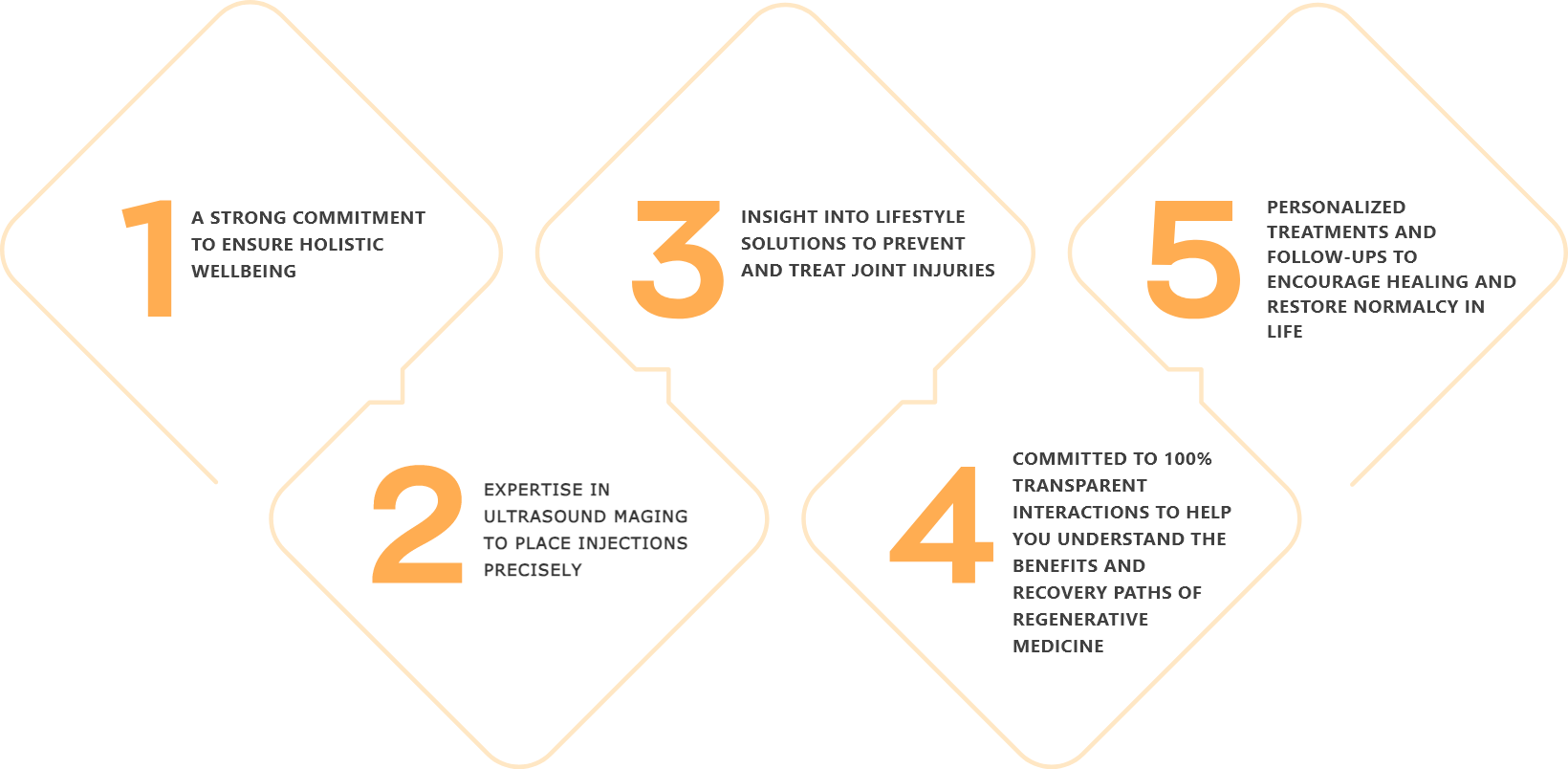
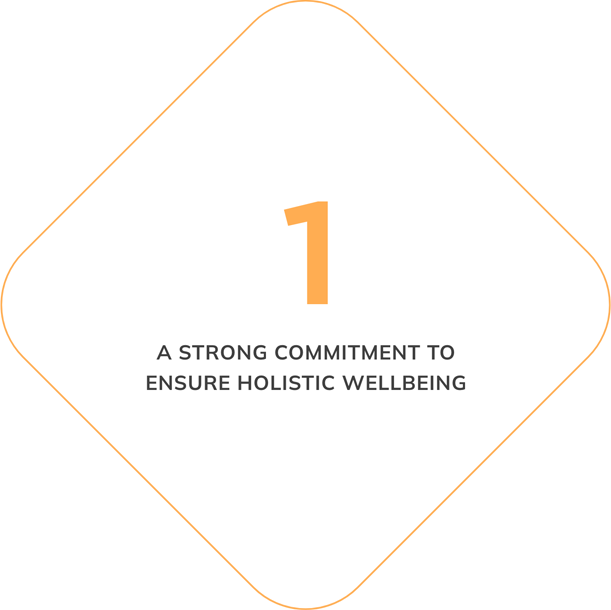
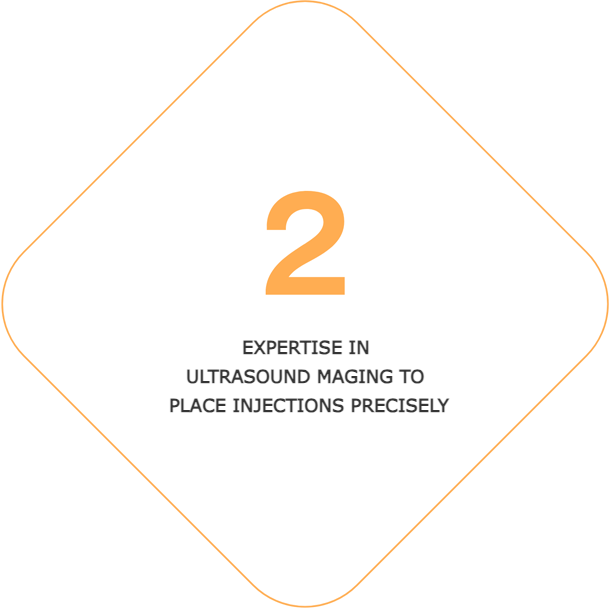
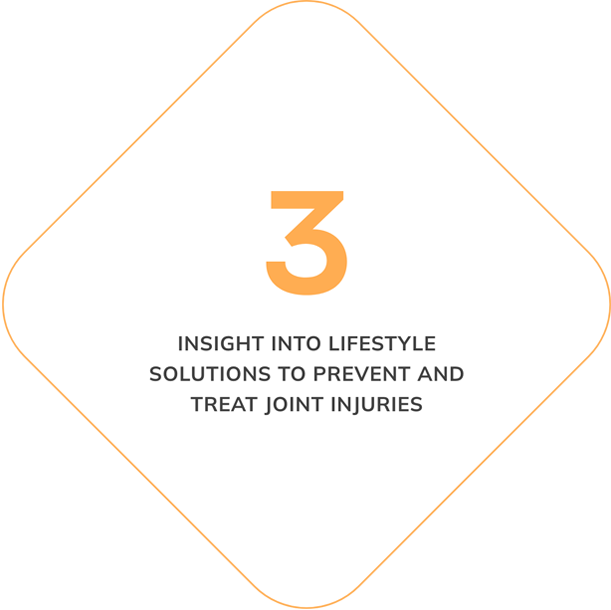
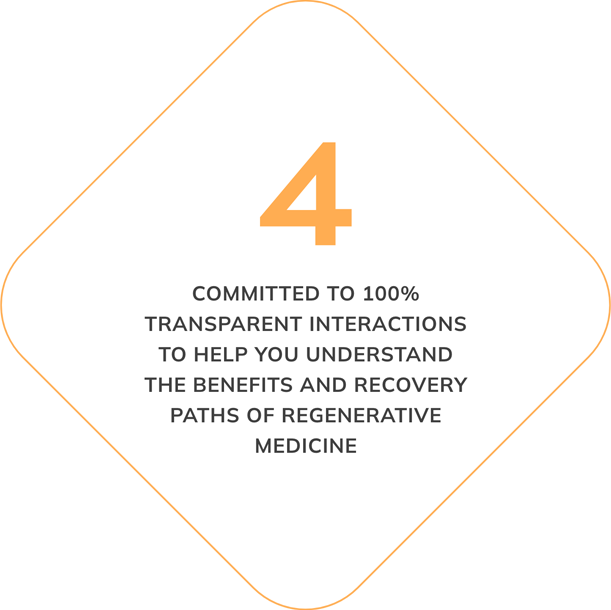
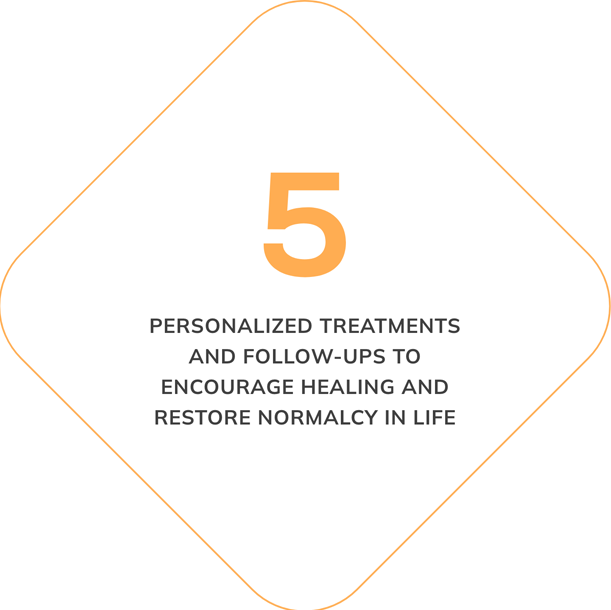
How To Get Started
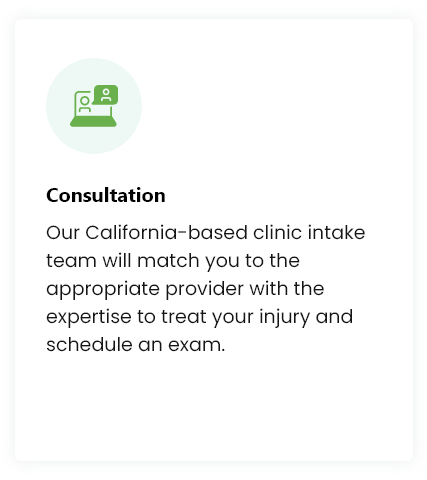

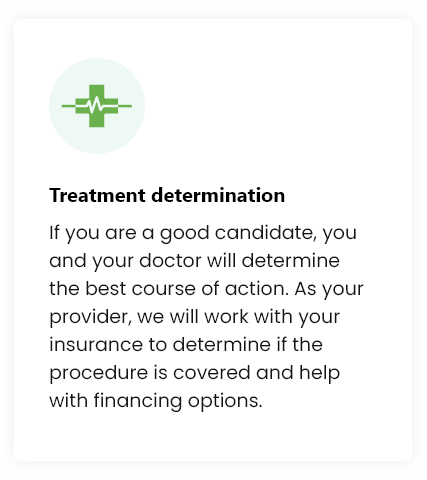
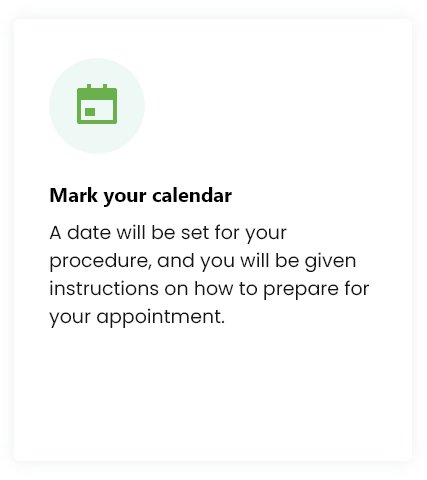
Treatment Procedure
While each treatment may be customized, you can expect your experience to be similar to the following:
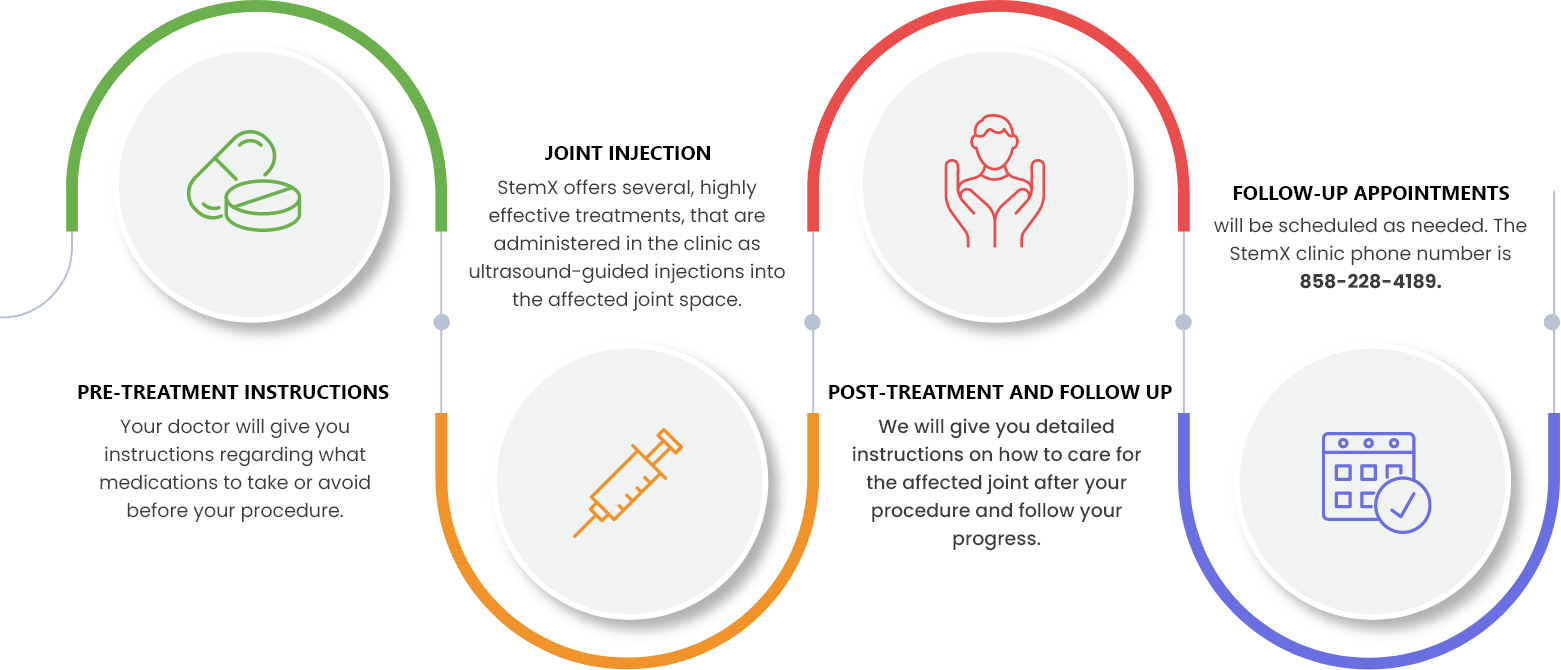
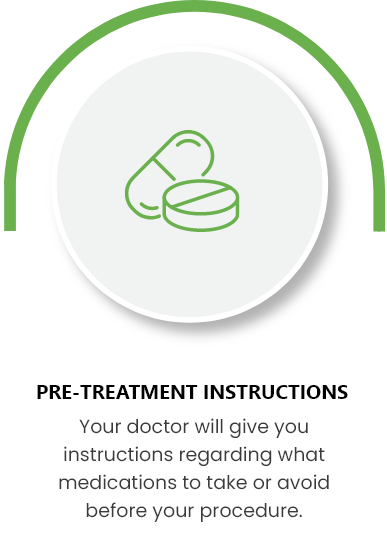
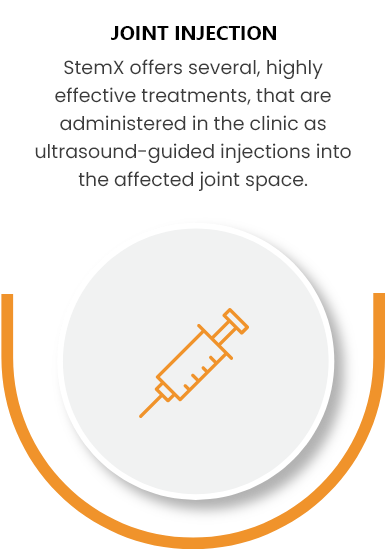
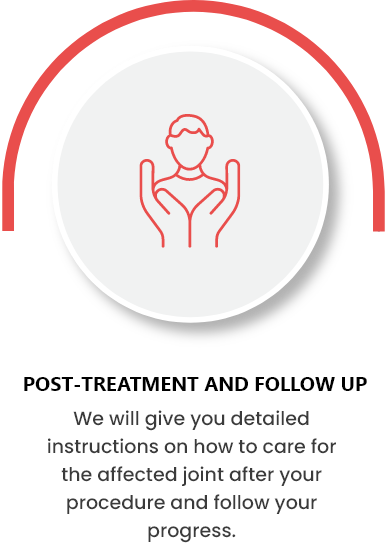

All procedures are conducted in our Solana Beach, California clinic. 124 Lomas Santa Fe Dr #206, Solana Beach, CA 92075.
Frequently Asked Questions
An untreated ACL/PCL injury may become a chronic ACL tear. Your knee may become more unstable and may give out frequently. Abnormal sliding within the knee also can hurt cartilage or damage the menisci leading to early osteoarthritis.
A complete ACL/PCL tear can be very serious and may require surgery. ACL tears have ended the careers of many professional athletes and armatures alike. However, partial, less serious tears can be treated.
Depending on the extent of the injury, and the patient's adherence to a physical therapy program, ACL tears can heal within six to nine months.
A Grade 1 sprain occurs when the ACL is stretched but not torn and doesn't require surgery. Grade 2 sprains, or partial tears, may cause instability but do not necessarily require surgery. Grade 3 sprains or complete tears require surgery.
ACL tear treatment without surgery is possible. Regenerative Medicine treatments can stimulate healing, reduce pain, and swelling. Patients receiving regenerative medicine treatments heal faster than if no treatment is sought.
ALC injury could take up to 9 months to heal. Regenerative Medicine treatments can significantly reduce the recovery period. The patient's activity levels and adherence to physical therapy influences recovery time.
An untreated ACL/PCL injury may become a chronic ACL tear. Your knee may become more unstable and may give out frequently. Abnormal sliding within the knee also can hurt cartilage or damage the menisci leading to early osteoarthritis.
Posterior cruciate ligament tears are often treated with immobilization and an extensive physical therapy program. Regenerative Medicine treatments further reduce healing time by stimulating the body's own healing mechanisms.
Regenerative Medicine treatments usually require 6-12 weeks for full efficacy and can last for years depending on the activity levels. Athletes may require additional treatments due to continued use of the affected joint.
The success of any treatment depends on the activity levels of the patient, whether the injury is completely healed before re-engaging in sports/activity, adherence to physical therapy etc. Reinjury of a torn ACL or torn PCL 20% higher.
Regenerative Medicine treatments are not painful. Some soreness due to injections into the joint area may occur but is minor. ACL and PCL injuries are painful and treatments including physical therapy are designed to reduce this pain.
Gradual, or dull pain around the knee, swelling, and knee locking may indicate osteoarthritis. The classic symptoms of an acute ACL tear include significant pain, swelling, and often a "pop" or "tearing" sensation as the ligament ruptures.
Amniotic products are screened and rigorously tested for hundreds of infectious agents. The use of aseptic procedures make regenerative medicine treatments extremely safe with minimal side effects.
Regenerative Medicine treatments act over longer periods of time to reduce pain because they work to stimulate healing and fight the root cause of your pain. Cortisone shots may work well over the short term but can only be administered a few times before being discontinued. Regenerative Medicine treatments do not have these limitations.
Most definitely. No matter which procedure a patient undergoes, all the clinical data show that PT boosts the efficacy of the treatment, speeds recovery, and help build back strength to prevent further injury.
70% of patients are good candidates for regenerative medicine treatments. Surgery may be the only option for the most severe cases. Allergies, medication concerns, or implants that pose an infection risk may disqualify a patient from treatment.



